iFixit, renowned for its in-depth disassemblies, recently shared a comprehensive teardown of the Vision Pro. The teardown offers a detailed look at the internal workings of the headset.
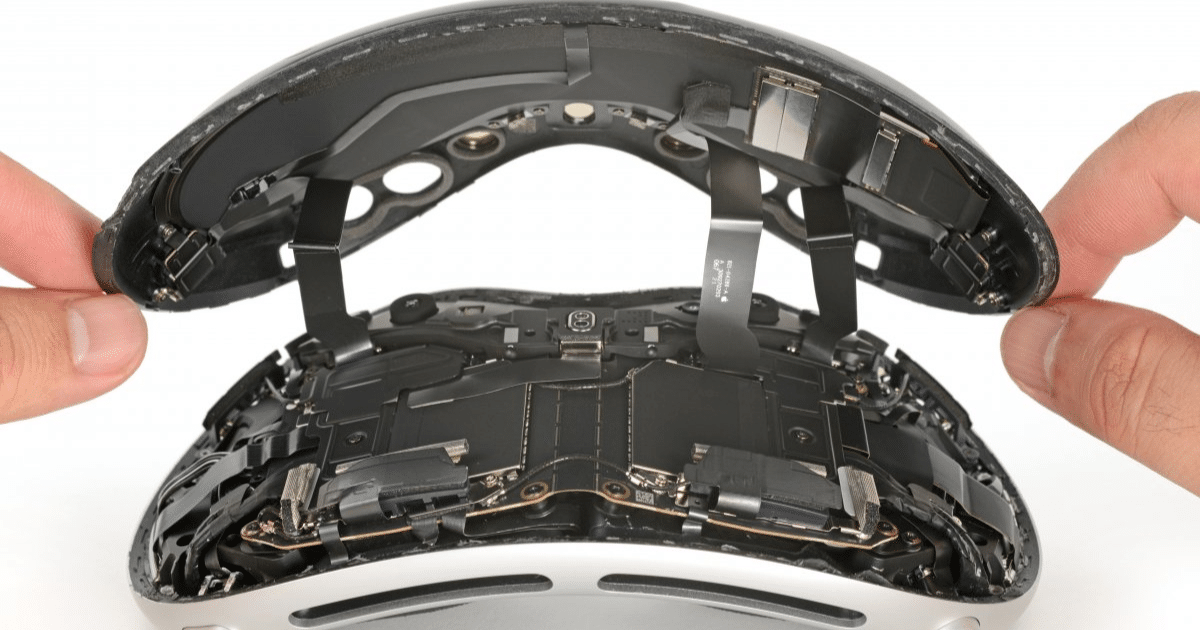
iFixit’s Vision Pro teardown reveals scaled-up Lightning connector
iFixit’s teardown reveals a multitude of components housed within the Vision Pro, including an array of cameras, sensors, fans, lens motors, and more. The teardown emphasizes the sophisticated design of the device, showcasing Apple’s unwavering attention to detail.
Disassembly
While certain aspects of disassembly are relatively straightforward, such as disconnecting the battery cable and the Buff Lightning connector, the subsequent steps involve a meticulous process reminiscent of previous Apple devices.
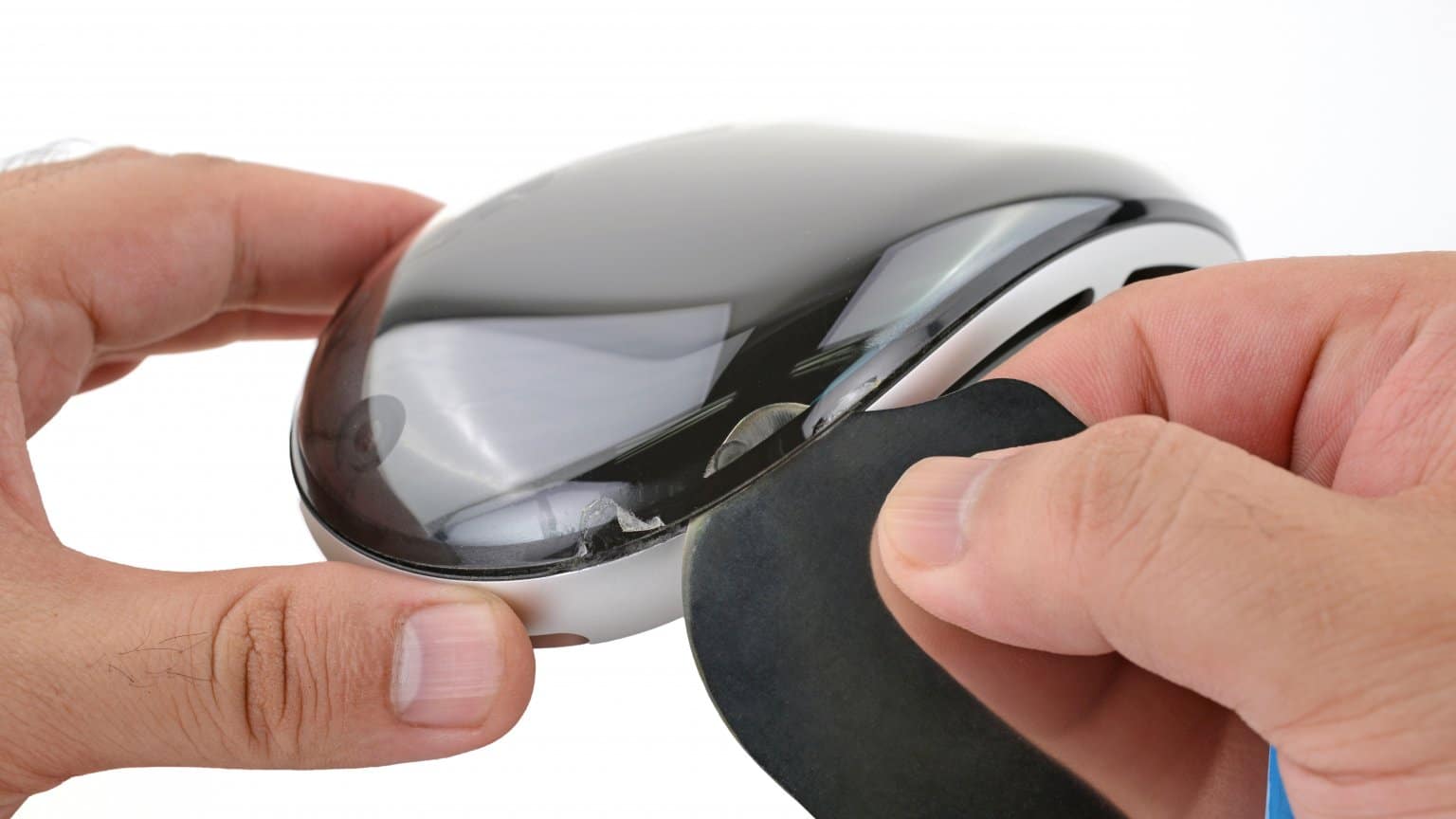
EyeSight
One of the highlights of the teardown is the revelation of the EyeSight feature. This innovative technology projects a rendered version of the wearer’s eyes, achieving a remarkable 3D effect. The complex layers of filtering, lenses, and films contribute to reduced brightness, adding to the intricacy of this groundbreaking feature.
The Vision Pro has a lenticular layer on top of the exterior OLED panel. VisionOS renders multiple face images—call them A and B—slices them up, and displays A from one angle serving your left eye, and B from another serving your right eye. This creates a 3D face via the stereoscopic effect. And those angles are tiny, and they are legion, it takes a fancy Evident Scientific microscope to really see what we mean.
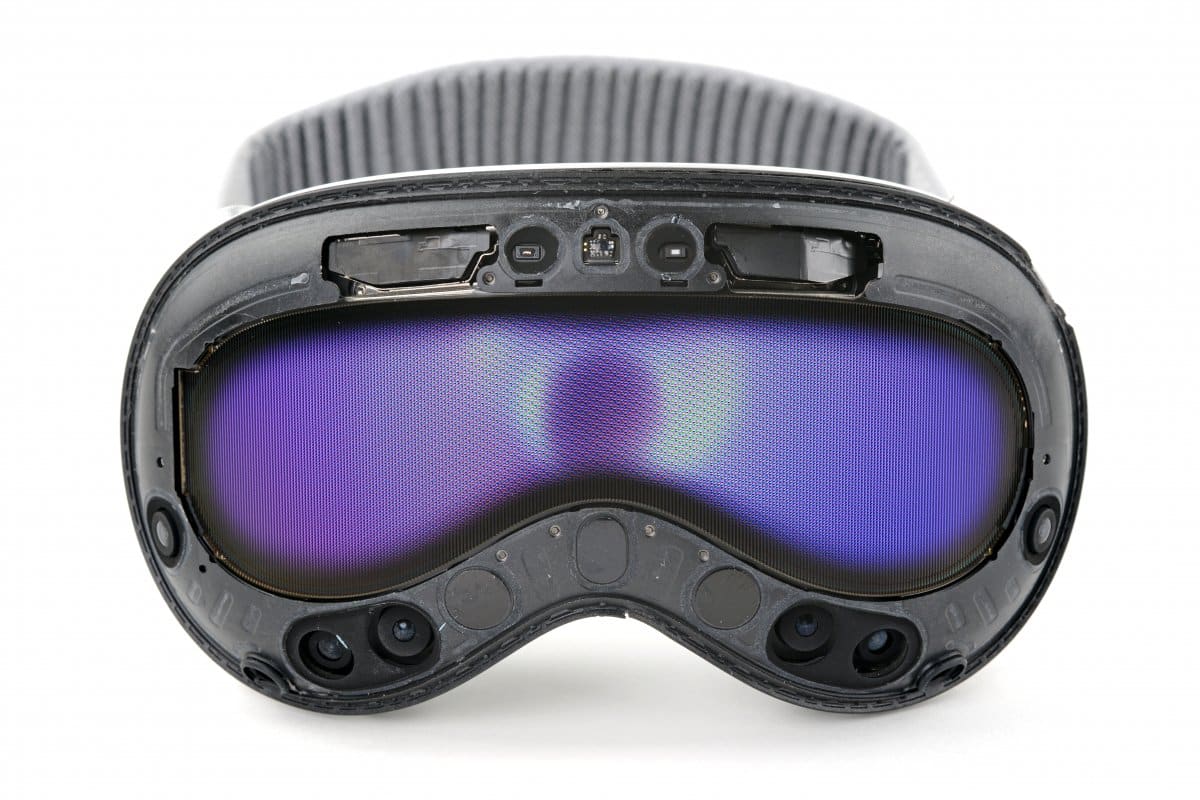
Internal components
The teardown highlights the challenges users might face when attempting repairs, underscoring the formidable task even for seasoned technicians. Despite the difficulties, iFixit notes the easily replaceable speakers and battery as significant repairability wins. The internal structure of the Vision Pro suggests that repairing the device may require professional expertise and specialized tools.
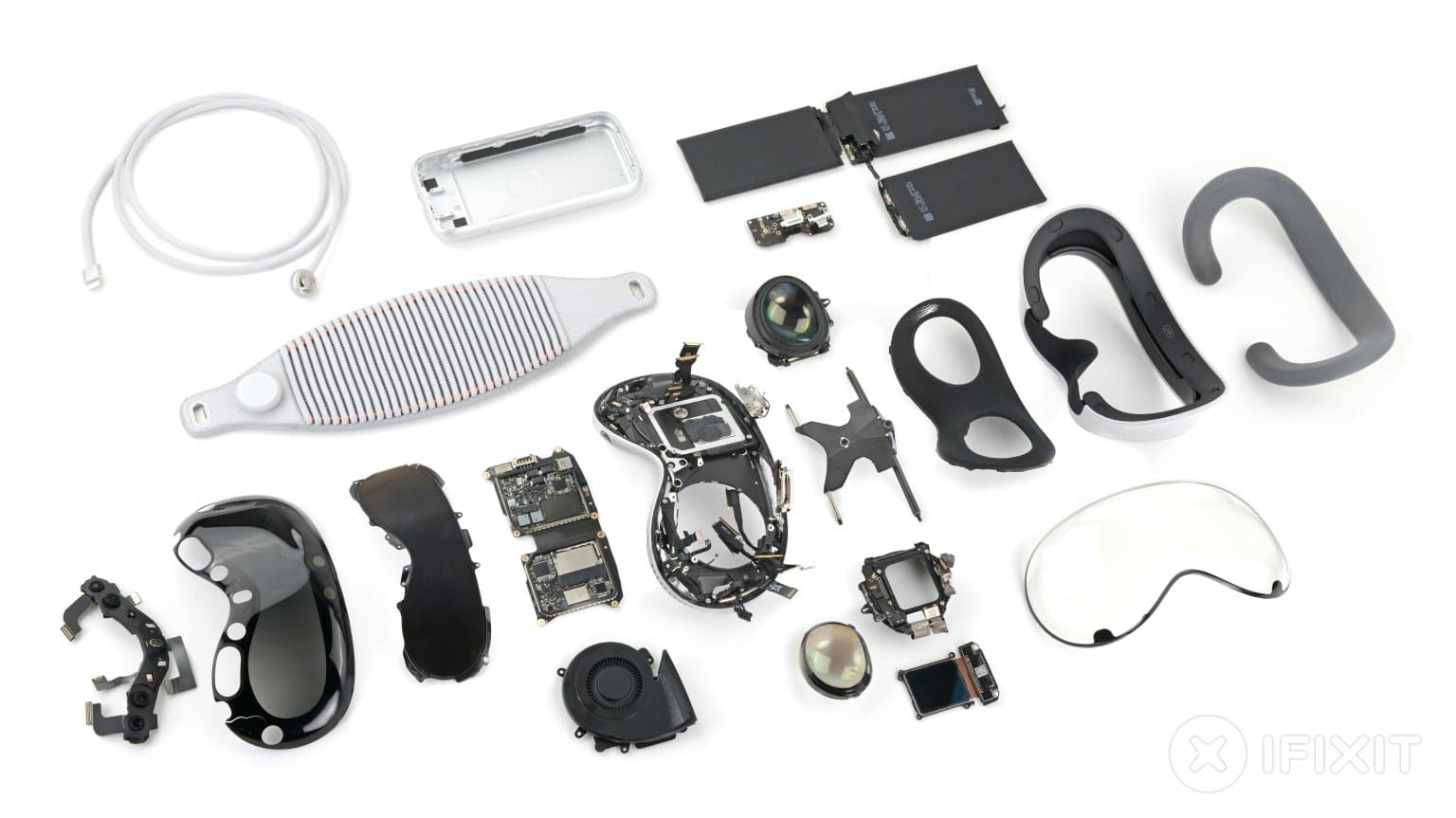
M2 and R1 chips
Powering the Vision Pro is Apple’s M2 chip, boasting an 8-core CPU, a 10-core GPU, a 16-core Neural Engine, and 16GB of unified memory. The device offers up to 1TB of storage and also features the all-new R1 chip, processing input from 12 cameras, five sensors, and six microphones to deliver an immersive experience.
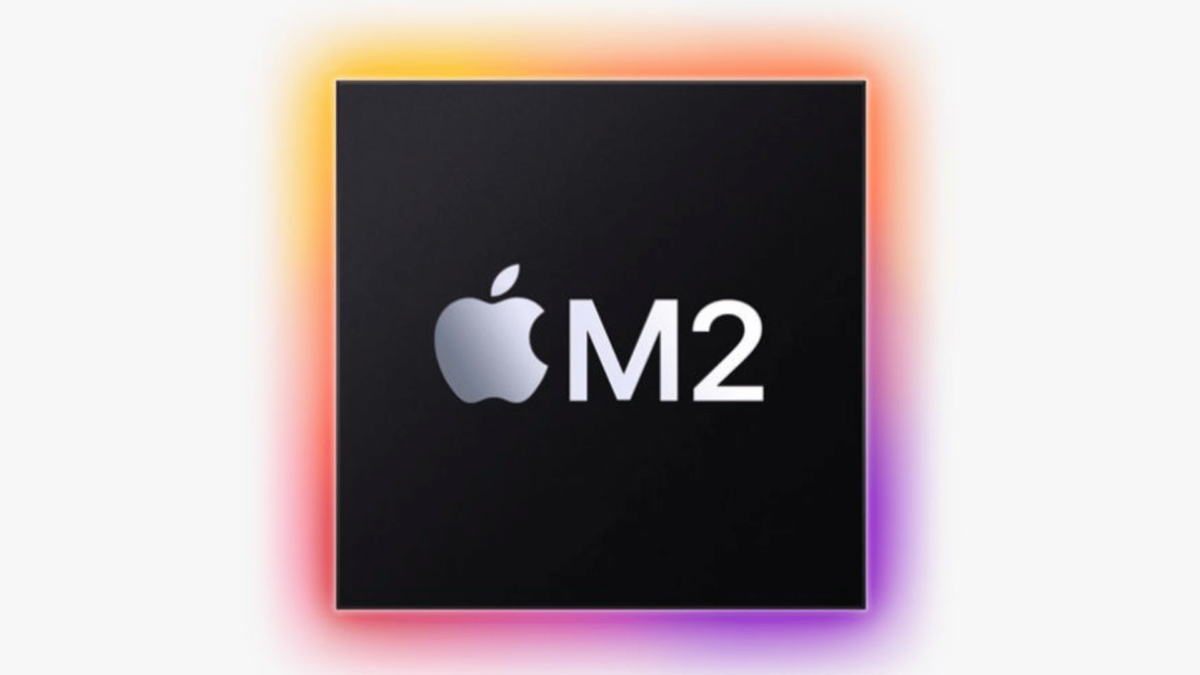
Design insights
The Vision Pro’s internals reveal a design focused on flexibility and comfort. Apple’s vice president of software design, Alan Dye, and vice president of hardware design, Richard Howarth, emphasize the use of flexible materials and soft textures for user comfort.
External battery Pack and connectivity
While the external battery pack can be easily disconnected, its scaled-up Lightning connector raises questions about compatibility with third-party battery packs.
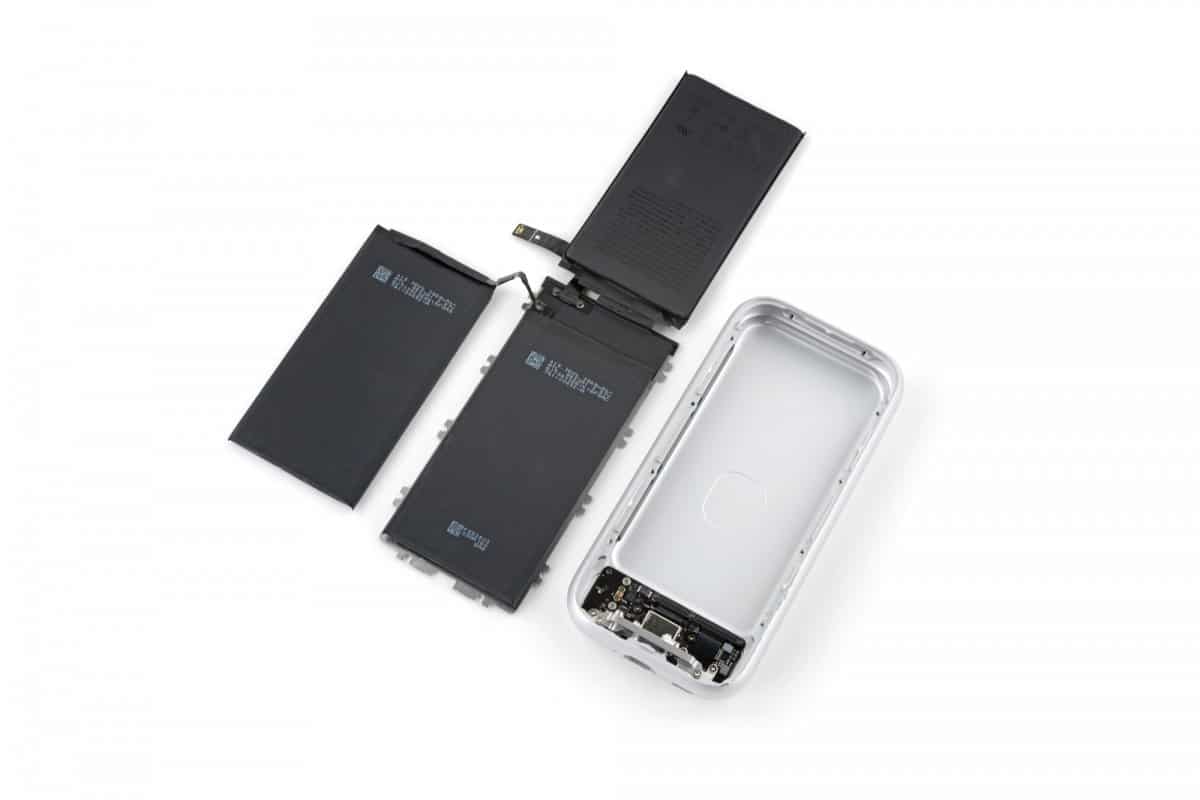
iFixit goes on to highlight potential disadvantages and explore how this design choice may impact the user experience.
On the left side is the proprietary battery cable connection, which snaps into place with a magnet and then twists to lock. We understand why Apple used a non-standard connector here, even if we don’t love it—at least it can’t be yanked out by a passing child, or when the cord inevitably catches on your chair. But the plug at the other end of the cable is unforgivable. Instead of terminating with a USB-C plug, it connects to the battery pack with what looks like a proprietary oversized Lightning connector, which you release using a paperclip or SIM-removal tool.

Repairability
iFixit acknowledges the Vision Pro as Apple’s most complex piece of hardware and hints at more detailed findings in future teardowns. The initial disassembly showcases the challenges involved, raising questions about the repairability of this high-tech device.
Check out the complete teardown below:
Read more: